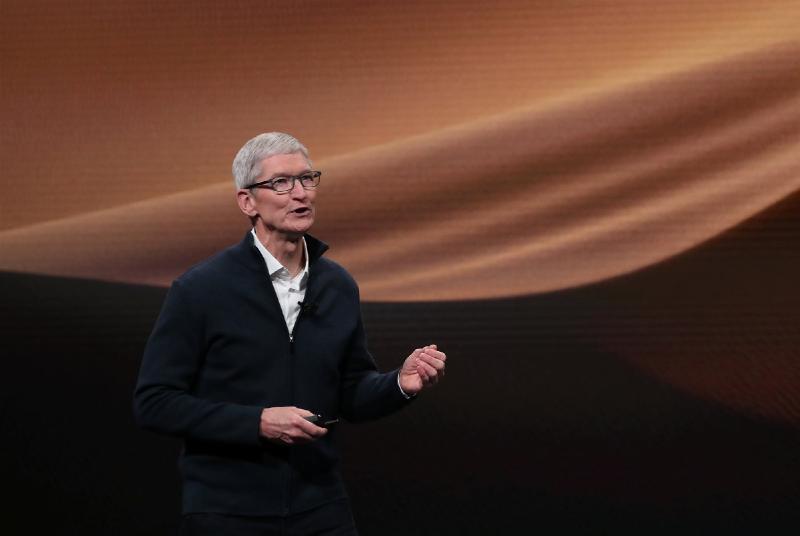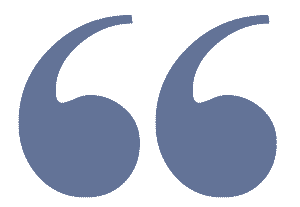Apple's pricey new iPhones like the XS and XS Max highlight Tim Cook's shift in strategy



Apple’s new corporate strategy is clear: raise prices on everything. The new iPad Pro and MacBook Air it announced on October 30 came with respective price hikes of $150 and $200 — even the Smart Keyboard and Apple Pencil weren’t spared. But sticker shock isn’t new for Apple customers — they’ve been feeling it since this year’s three new iPhones were announced in September.
The high-end iPhone XS and XS Max start at $999 and $1,099, respectively, but can cost as much as $1,449 for versions with 512 GB of internal storage. Positioned next to these premium options, the iPhone XR seems like a bargain. Its $749 starting price is far more palatable for the average consumer, but it’s still pricey.
Back in 2014, Apple launched the iPhone 6 at $649 and 6 Plus at $749 — the latter being its first large-screen phone. Now the large-screen price has become the new baseline, with premium models positioned far above it.
Why the rapid escalation of iPhone prices in such a short span of years? Under CEO Tim Cook’s leadership, Apple’s focus has shifted markedly toward boosting its share price to keep its investors happy. Cook ditched Apple’s streamlined product strategy in favor of more options across higher price points in a clear response to two important trends: the saturation of the smartphone market and growing economic inequality.
In 2016, iPhone sales growth fell off a cliff , even slipping into negative territory in some quarters, as the American and Chinese smartphone markets hit saturation. Given the importance of the iPhone to Apple’s bottom line — it accounted for 62 percent of the company’s revenue in fiscal 2017 — it had to formulate a new strategy to keep revenue and profits growing, even if sales growth continued to stall. The first step in its plan came last year.
Apple’s September 2017 keynote introduced three new iPhones: 8, 8 Plus, and X. The iPhone 8 models got a $50 price bump over their predecessors, while the iPhone X established the $1,000 premium category. As a result, the average selling price of an iPhone jumped to $796 in the first quarter of 2018 — its first time above $700 — and has remained above $700 through the second and third quarters . It’s expected to increase again now that even pricier iPhones have hit the market.
Read more at the seeded content

Apple has taken the Microsoft notion of ‘exploit the customer base’ to a new level. How wonderful that they are now focusing even more on shareholder equity.
Hopefully this yields competitive opportunity!